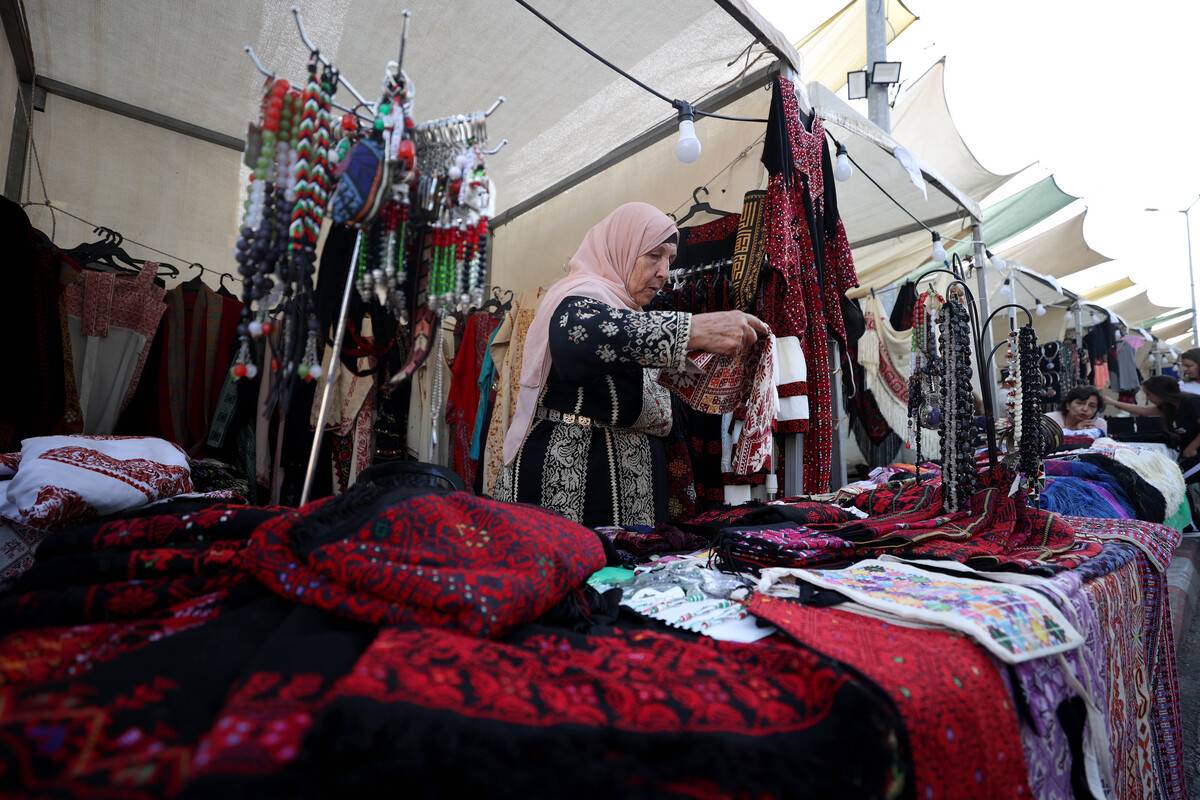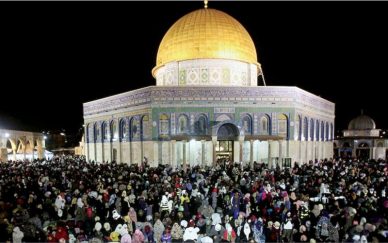Culture encompasses a dynamic and multifaceted array of unspoken social norms handed down from one generation to the next. It shapes individuals&rsquo mindsets and finds expression in various aspects such as national costume traditions language arts cuisine music and distinct behavioral patterns unique to specific regions or nations.
Among the diverse forms of cultural representation fashion is a powerful medium and a prominent symbol of identity. Clothing serves as a way for individuals to showcase their beliefs principles uniqueness and connections to preceding generations. The display of traditional attire allows countries to establish a link with their past and celebrate their individuality.
In the contemporary context currency has emerged as a new cultural identifier. For example the US dollar is inextricably linked with the US the British pound to the UK and the Japanese yen and Chinese yuan to their respective countries. There has also been an attempt to introduce the so-called &ldquobiblical shekel&rdquo as a historical &ldquoIsraeli currency&rdquo.
Israel’s assertion tracing the shekel back to an ancient Hebrew currency is as valid as the dollar is an original Ecuadorian currency. The ancient Hebrews who emigrated from Mesopotamia adopted the existing and prevailing international currency of that era known as TQL much like Ecuador uses the US dollar today.
The term &ldquoshekel&rdquo originates from the Hebraized version of the Aramaic root word TQL or its Arabic equivalent ThuQL (ثقل) signifying a unit weight of approximately ten grams. TQL is believed to have first appeared during the Akkadian Empire in ancient Mesopotamia around 2500 BC. Much like the modern dollar it evolved into a widely accepted currency across Palestine Egypt Greece Rome and Bronze Age Europe. The earliest documented use of TQL by the Maccabees Hebrew tribe was circa 66 to 70 AD centuries after it was adopted in historical Palestine.
However transforming TQL into the shekel pales in comparison to Israel’s efforts to appropriate the most notable national symbol of the Palestinian struggle&mdashthe black and white keffiyeh. In 2015 Israeli fashion designer Dodo Bar Or attempted to introduce a women’s line inspired by non-other than the black and white patterns of Yasser Arafat’s iconic keffiyeh headscarf.
Globally when a nation hosts an international event it seizes the chance to present its unique cultural tapestry to a worldwide audience. Nevertheless during the hosting of the Miss Universe 2021 pageant in Eilat international contestants inadvertently showcased Palestinian culture while attributing it to Israel.
Miss Philippines Beatrice Luigi Gomez posted photos on 4 December 2021 using the hashtag &ldquovisitIsrael&rdquo. In the picture she posed in a traditional Palestinian dress adorned with handcrafted embroidery (tatreez) and helped local Palestinian women prepare a grape leaves dish.
Similarly Miss Ukraine Hanna Nepliakh shared an Instagram post wearing a rich brocade Palestinian thobe describing her day: &ldquoOn the way to Eilat we stopped at a Bedouin settlement in Israel and plunged into their culture and traditions.&rdquo
Unfortunately the contestants seemed oblivious to the fact that the depicted elements in their photos had no connection to Israeli culture or traditions. Unbeknownst to the contestants the dresses they wore were painstakingly hand-stitched by young Palestinian girls or older women over months or even years. They might also be unaware that what was referred to as a &ldquoBedouin settlement&rdquo predated the creation of Israel.
The foregoing pervasive public ignorance exemplifies one of the most noteworthy achievements of the Zionist hasbara &ndash shaping a misinformed global public opinion. When a Miss Universe contestant plunges into a culture but fails to accurately attribute it to its rightful origin it underscores the potency of persistent misinformation in shaping alternate realities.
Furthermore both the contestants and the broader world might not realize that each historical Palestinian city town or region boasts its own unique embroidery patterns. Miss Ukraine probably couldn&rsquot comprehend that the thobe she wore was unlike any other. For instance the tatreez found on Bedouin women’s thobes in northern historical Palestine differs significantly from the tatreez worn by Bedouin women in the southern &ldquosettlement&rdquo she visited. The cross-stitches on a dress crafted in Jerusalem differ from those made less than ten miles away in the city of Ramallah. Some of these dresses passed down from mothers to daughters are older than the country associated with the &ldquovisitIsrael&rdquo hashtag.
Meanwhile Political Zionists recognize that reconstructing history to connect European Khazar converts to Palestine is futile in the absence of the generational dimension of preserved cultural elements. Hence the ostensive biblical currency and now using Miss Universe to Zion-wash the prized Palestinian national costume to bestow upon their fabricated virtual reality culture the tangible presence and historical context it inherently lacks.
– Jamal Kanj is the author of Children of Catastrophe Journey from a Palestinian Refugee Camp to America and other books. He writes frequently on Arab world issues for various national and international commentaries. His article appeared in MEMO.














